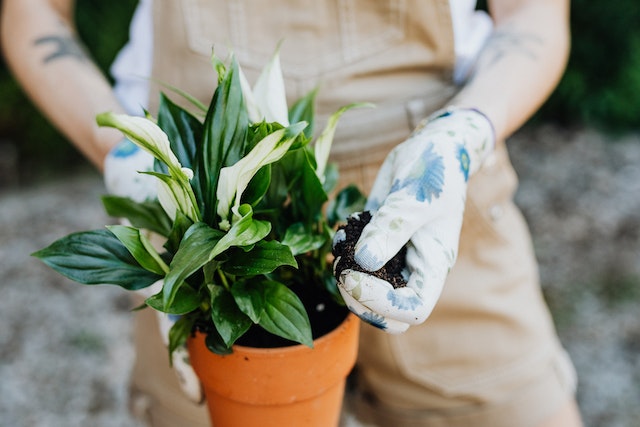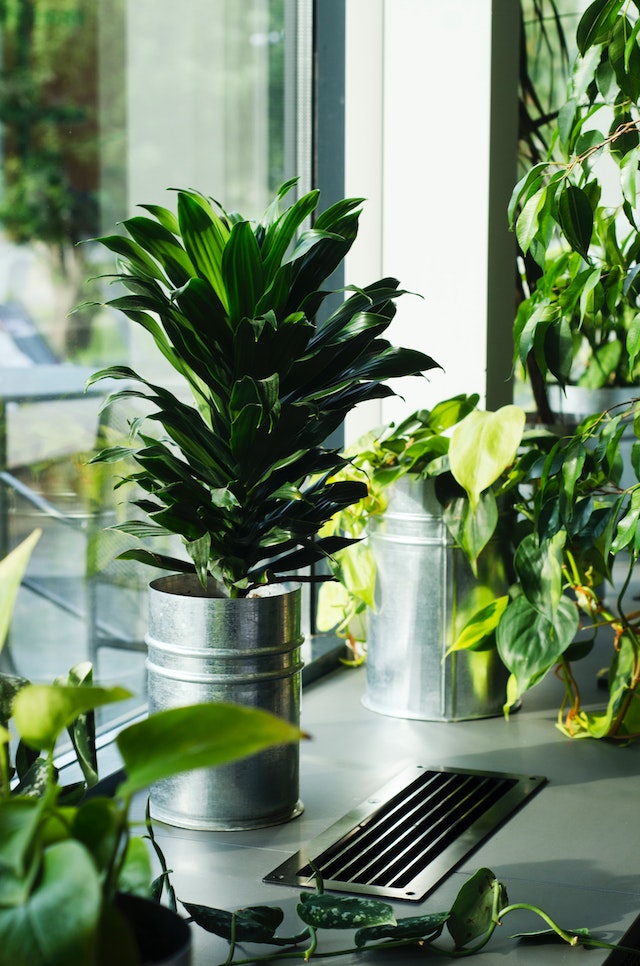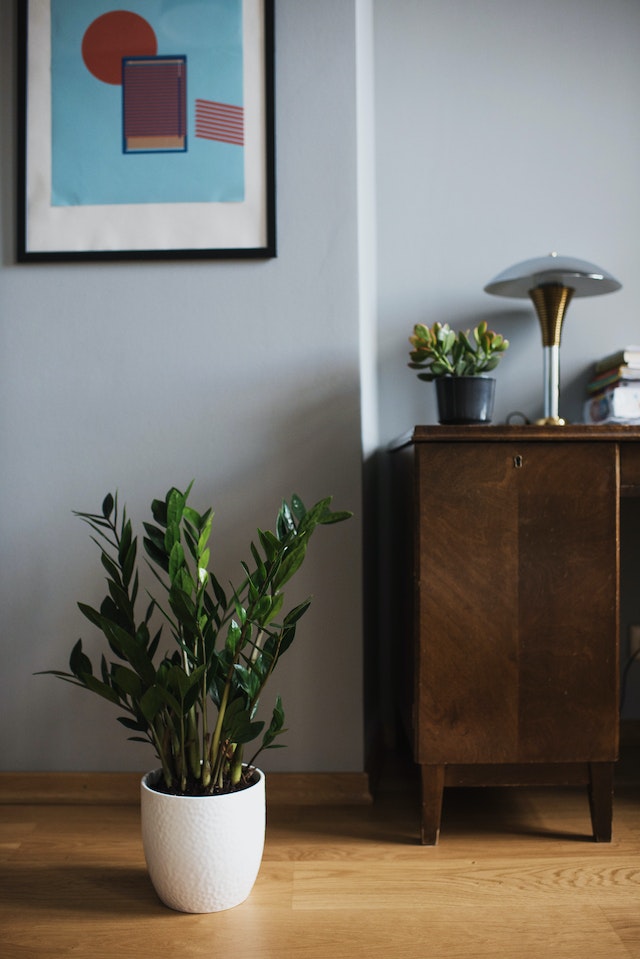News
-
Tivoli to deliver grounds maintenance services for Yorkshire Housing Tuesday, 26 March 2024
-
Nominate Your Outstanding Team Members for Recognition! Monday, 18 March 2024
-
Festive’s New Showroom in Enfield Opens on February 19th! Friday, 16 February 2024
-
Green Wall Day February 15th, 2024 Tuesday, 13 February 2024
plants@work
Common houseplants can improve air quality indoors
The research about plants cleaning the air led by the University of Birmingham and in partnership with the Royal Horticultural Society (RHS) specifically dealt with plants exposed to Nitrogen dioxide where as the most famous earlier research focused on the removal of VOCs.
Like this research much earlier studies also tested in test chambers.
Common houseplants can improve air quality indoors
Ordinary potted house plants can potentially make a significant contribution to reducing air pollution in homes and offices, according to new research led by the University of Birmingham and in partnership with the Royal Horticultural Society (RHS).
During a series of experiments monitoring common houseplants exposed to nitrogen dioxide (NO2) – a common pollutant – researchers calculated that in some conditions, the plants could be able to reduce NO2 by as much as 20 per cent. The results are published in Air Quality Atmosphere and Health.
The researchers tested three houseplants commonly found in UK homes, easy to maintain, and not overly expensive to buy. They included Peace lily (Spathiphyllum wallisii), Corn plant (Dracaena fragrans), and fern arum (Zamioculcas zamiifolia).

Peace Lily by Karolina Grabowska via pexels

Dracaena fragrans by Sasha Kruglaya via pexels

Zamioculcas zamiifolia by Ksenia Chernaya via pexels
Each plant was put, by itself, into a test chamber containing levels of NO2 comparable to an office situated next to a busy road.
Over a period of one hour, the team calculated that all the plants, regardless of species, were able to remove around half the NO2 in the chamber. The performance of the plants was not dependent on the plants’ environment, for example, whether it was in light or dark conditions, and whether the soil was wet or dry.
The plants we chose were all very different from each other, yet they all showed strikingly similar abilities to remove NO2 from the atmosphere. This is very different from the way indoor plants take up CO2 in our earlier work, which is strongly dependent on environmental factors such as nighttime or daytime, or soil water content.
The team also calculated what these results might mean for a small office (15 m3) and a medium-sized office (100 m3) with different levels of ventilation. In a poorly ventilated small office with high levels of air pollution, they calculated that five houseplants would reduce NO2 levels by around 20 percent. In the larger space, the effect would be smaller – 3.5 percent, though this effect would be increased by adding more plants.
While the effects of the plants in reducing NO2 are clear, the precise mechanism by which they do this remains a mystery. Dr. Pfrang added: “We don’t think the plants are using the same process as they do for CO2 uptake, in which the gas is absorbed through stomata – tiny holes – in the leaves. There was no indication, even during longer experiments, that our plants released the NO2 back into the atmosphere, so there is likely a biological process taking place also involving the soil the plant grows in – but we don’t yet know what that is.”
Dr. Tijana Blanusa, principal horticultural scientist at the RHS and one of the researchers involved in the study said: “This complements RHS efforts to understand scientific detail behind what we know to be a popular passion. Understanding the limits of what we can expect from plants helps us plan and advise on planting combinations that not only look good but also provide an important environmental service.”
In the next phase of the research, the team will be designing sophisticated tools for modeling air quality indoors encompassing a much wider range of variables. The new project, funded by the Met Office, will use mobile air quality measuring instruments to identify pollutants and test their effects in both residential and office spaces, producing a wealth of data to inform the tool’s development.
Article published by the University of Birmingham 7 March 2022
Research paper: Potted plants can remove the pollutant nitrogen dioxide indoors, published 17 February 2022
https://link.springer.com/article/10.1007/s11869-022-01171-6